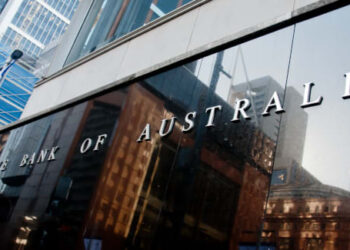The Australian credit reporting agency has predicted a very challenging operating environment for businesses in 2023.
In an economic update penned by its chief economist Anneke Thompson, CreditorWatch said businesses would continue to contend with much higher interest rates on their loans, higher wages, higher input costs and failing consumer demand in 2023.
However, Mr Thompson said, “it is important to remember that a cooling of the economy is absolutely necessary to bring inflation down”.
“While GDP growth is expected to slow dramatically, it is still unlikely at this stage that Australia will move into recession,” Ms Thompson noted.
“Also, strong employment is an important safety net for Australians, as by and large borrowers will be able to make repayments, even if they have to reduce their spending. Businesses may also start seeing some increased ‘slack’ in the labour force, helping them run their operations more efficiently and with less disruption,” she evaluated.
Looking back at 2022, Ms Thompson said “the worst” trends that have shaped the business community across the year included inflation, consumer confidence, and B2B trade payment defaults.
“Rising prices across almost all categories throughout 2022 has caused a swift and brutal tightening of monetary policy. Inflation continues to be a problem globally, although there are early signs that inflation may have peaked, at least in Australia and the USA,” Ms Thompson noted.
She expects inflation results post the busy Christmas period to provide more certainty as to whether we have crested the inflation wave, giving central banks room to breathe.
Regarding consumer confidence, she explained that this measure of economic activity plummeted as the Reserve Bank moved on the cash rate target at their May meeting.
“Consumer confidence has now only been lower in times of severe economic or social disruption — namely the GFC and COVID-19. Balanced with strong employment, the impact on retail trade has so far been negligible, however, we did record our first negative month-on-month retail trade figure in October 2022, suggesting consumers are starting to act with more caution”.
As for B2B trade payment defaults, Ms Thompson explained that this is CreditorWatch’s measure of businesses lodging a default against another business, and it has been rising steadily since February 2022.
“Trade payment defaults are now averaging around the levels they were at just prior to and during the first few months of the pandemic. Given trade payment defaults are a precursor to court actions and external administrations, we expect that these indices will rise throughout 2023”.







